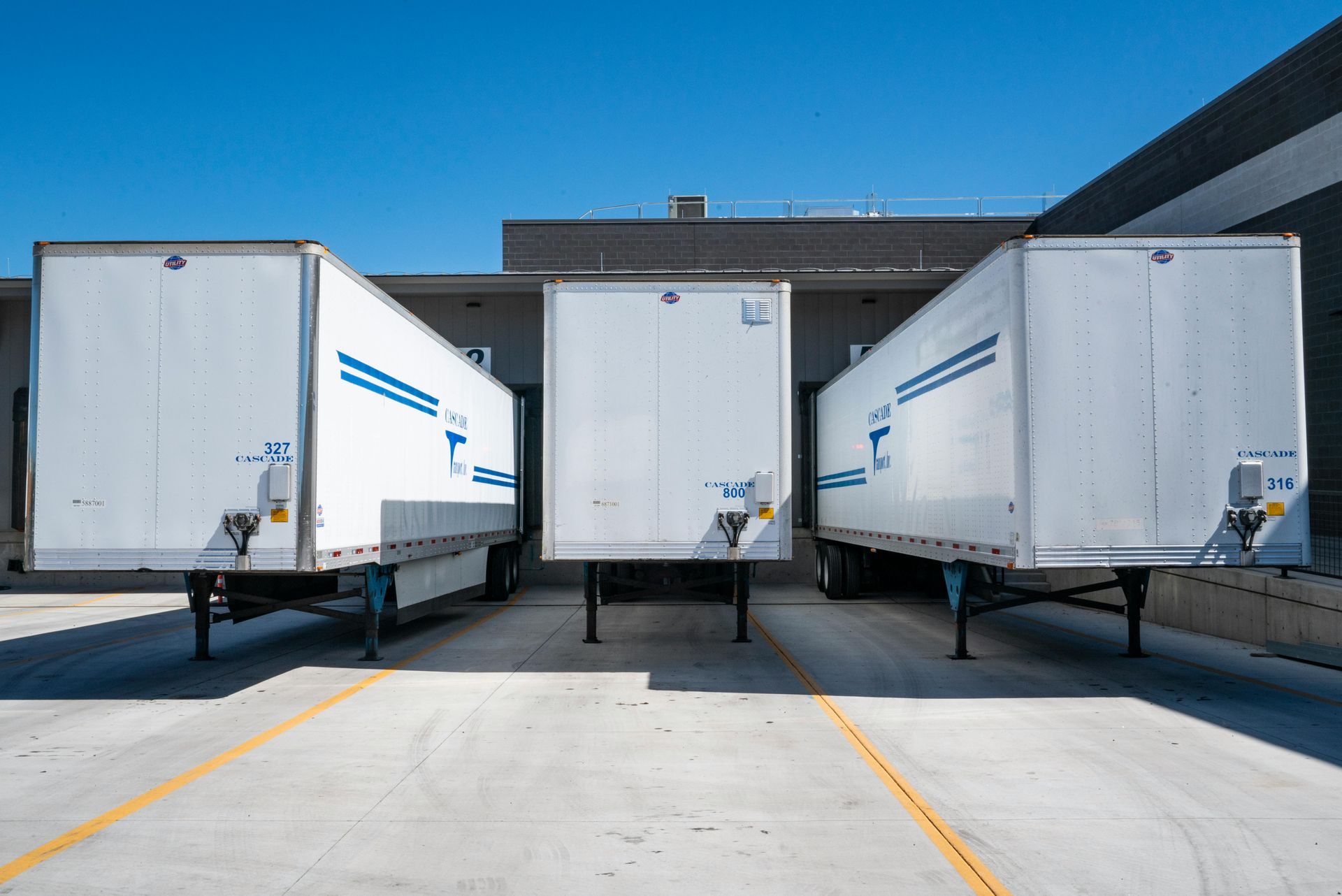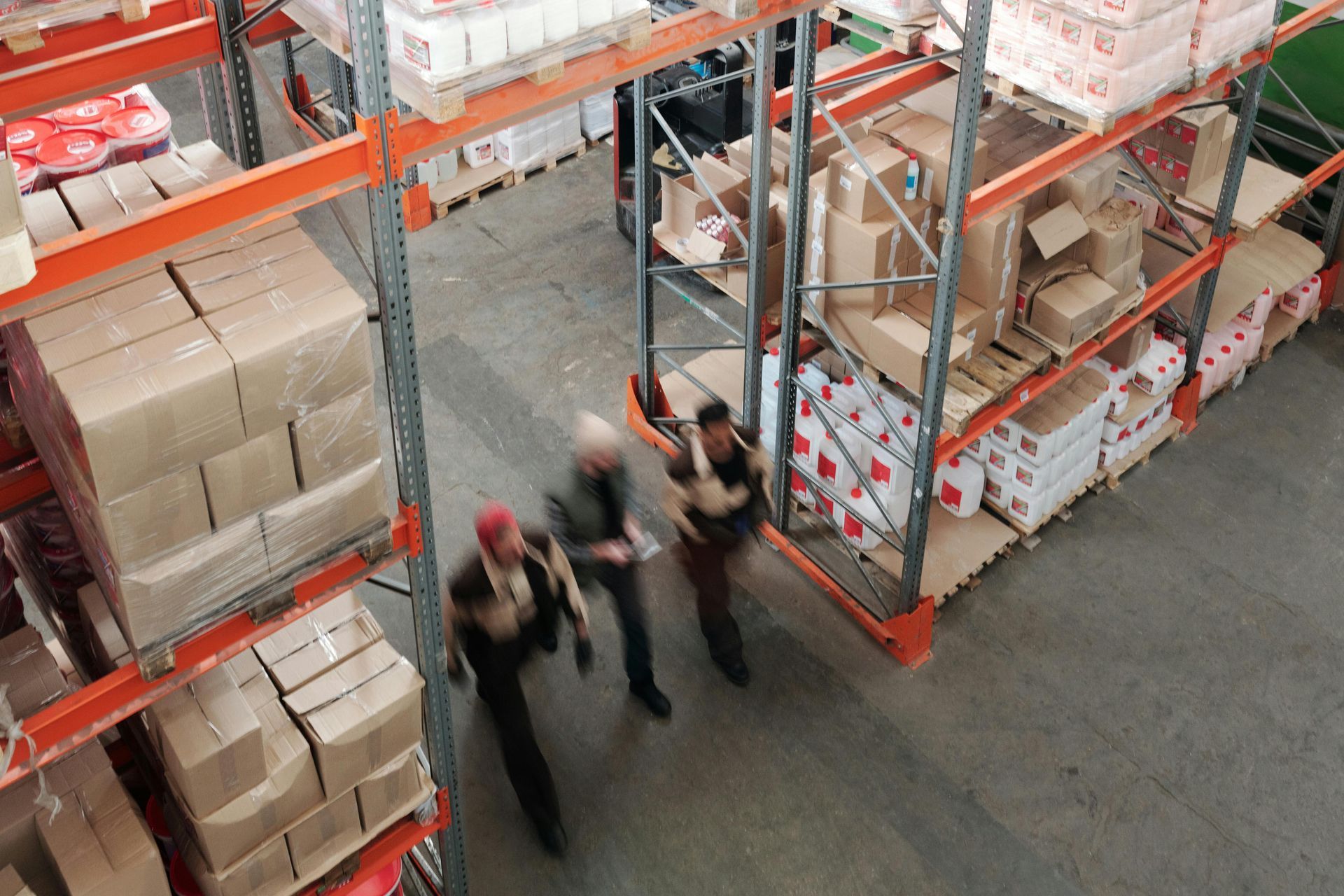Safeguarding Medical Supplies in Transit
In the intricate world of healthcare, ensuring the safe transportation of medical supplies is paramount. Whether it's life-saving pharmaceuticals or intricate medical equipment, the way these items are shipped can directly affect patient outcomes and treatment efficacy. Healthcare professionals and supply chain managers play crucial roles in maintaining these standards, and this blog post aims to dissect the complexities involved in ensuring safe transit.

The Importance of Safeguarding Medical Supplies
Safeguarding medical supplies during transit is not just a logistical necessity but a moral obligation. When medical supplies are mishandled or damaged in transit, it can lead to critical shortages, delayed treatments, and compromised patient care. By understanding the potential risks and implementing robust safety measures, healthcare facilities can ensure that vital supplies reach their destinations without any hitches.
In the context of rising global health challenges, reliable transportation ensures that medical practitioners have prompt access to necessary tools, ultimately contributing to better health outcomes. The global pandemic highlighted the fragility of supply chains and underscored the importance of preparedness and precision in logistics.
Understanding the Fundamentals of Medical Supply Chains
Medical supply chains are complex networks involving manufacturers, distributors, and healthcare facilities. Each link must function seamlessly to prevent disruptions. Understanding the fundamentals of these chains helps pinpoint areas of vulnerability and opportunities for strengthening processes.
Healthcare professionals must collaborate with logistics experts to ensure that every phase of the supply chain operates smoothly. This includes picking the right transportation methods, managing cold chains effectively, and ensuring compliance with regulatory standards.
Can Pharmaceuticals and Equipment Be Shipped Safely?
Pharmaceuticals and medical equipment can indeed be shipped safely, provided the right protocols are followed. This involves temperature-controlled environments for sensitive drugs, secure packaging for delicate equipment, and real-time tracking to monitor conditions.
The key lies in choosing the right partners and technologies. By leveraging advanced tracking systems, supply chain managers can gain insights into the environmental conditions affecting their shipments and take corrective actions as needed. This proactive approach minimizes risks and ensures that both patients and healthcare providers have the resources they need, when they need them.
Ensuring Regulatory Compliance in Healthcare Shipping
Regulatory compliance is a non-negotiable aspect of medical supply transportation. Failing to adhere to guidelines set by authorities like the FDA or EMA can result in severe penalties and jeopardize patient safety. Healthcare professionals must stay updated on the latest regulations and ensure that all shipments meet these standards. From labeling requirements to documentation, attention to detail is critical in maintaining compliance and avoiding disruptions in supply chains.
The Role of Cold Chain Logistics in Pharmaceuticals
Cold chain logistics involve maintaining specific temperature ranges for temperature-sensitive pharmaceuticals. Any deviation from these ranges can render medications ineffective or even dangerous, highlighting the need for precision. Using insulated packaging, temperature-controlled vehicles, and cutting-edge monitoring technologies, healthcare providers can safeguard the integrity of pharmaceuticals throughout their journeys. Understanding these nuances allows supply chain managers to make informed decisions, thus ensuring that life-saving medications are effective upon arrival.
Innovations in Medical Equipment Shipping
Shipping medical equipment poses its own unique challenges, given the intricacy and sensitivity of items like MRI machines or surgical tools. Innovations in packaging, materials, and logistics strategies have revolutionized how these items are transported. By adopting protective casing, shock-absorbing materials, and secured loading mechanisms, companies can prevent damage during transit. Leveraging innovations such as 3D printing for custom equipment cases further enhances the safety of shipping fragile and specialized medical devices.
Building Resilience in Healthcare Shipping
Resilience in shipping comes from having contingency plans, robust partnerships, and adaptive strategies. Supply chain disruptions are inevitable, but preparedness can mitigate their impact. The team at KaideX Transportation Services knows the ins and outs of shipping all things medical. Investing in diversified supply chains, fostering strong vendor relationships, and maintaining emergency stockpiles are some ways to build resilience. By doing so, healthcare facilities can continue to provide uninterrupted care even in the face of logistical challenges.
Environmental Considerations in Medical Shipping
Environmental sustainability is becoming increasingly important in healthcare logistics. Reducing carbon footprints while maintaining efficiency is a delicate balance that requires innovative solutions. From using eco-friendly packaging materials to optimizing transportation routes for minimal emissions, healthcare organizations can contribute to environmental preservation. These efforts not only benefit the planet but also resonate with patients who value sustainability.
Selecting the Right Logistics Partners
Choosing the right logistics partners is crucial for ensuring the safe and efficient transport of medical supplies. Look for partners with a proven track record, expertise in healthcare logistics, and a commitment to regulatory compliance.
Effective collaboration with logistics partners can alleviate much of the stress associated with shipping medical supplies. By aligning goals and leveraging expertise, healthcare providers can optimize their supply chains and focus on delivering quality care.
The Future of Medical Supply Transport
Looking ahead, the future of medical supply transport will likely be shaped by technological advancements, evolving regulations, and growing emphasis on sustainability. Staying informed about these trends allows healthcare providers to anticipate changes and adapt accordingly. Incorporating emerging technologies and fostering a culture of innovation ensures that healthcare organizations remain at the forefront of efficient and safe medical supply transport. This proactive approach not only benefits patients but also strengthens the entire healthcare ecosystem.
The safe transport of medical supplies is a critical component of modern healthcare. By understanding the intricacies of logistics, compliance, and technology, healthcare professionals and supply chain managers can ensure that vital resources reach their destinations intact and on time. Know that KaideX Transportation Services can ship and warehouse any type healthcare supplies safely.
Building resilient, efficient, and sustainable supply chains will continue to be a priority as the healthcare landscape evolves. By taking the necessary steps today, healthcare organizations can position themselves for success and continue to provide high-quality care to patients worldwide.
For those looking to enhance their logistics strategies or explore innovative solutions, further resources and expert consultations are readily available. By leveraging these tools, healthcare providers can rise to the challenge and safeguard the future of medical supply transport.
KaideX Transportation Services Inc.
(905) 637-2403
You might also like



Get a Quote Today!
Thank you for contacting us.
We will get back to you as soon as possible with a quote.
Please try again later
Quick & Reliable
We're only one phone call away.
A leading company in transportation services since 1999.
3375 North Service Road, Unit A 15, Burlington, Ontario, L7N 3G2
Holiday Hours:
Closed December 24 @ 1:00 PM
Closed December 25
Closed December 26
Open December 27
Closed December 31 at 1:00 PM
Closed January 1
Open January 2
Phone:
905-637-2403
Call Toll Free:
1-866-504-1561
Navigation
Solutions
All Rights Reserved | KaideX Transportation Services Inc.
Empowered by Balla Media

